October 8, 2024
Naturally Beautiful!
He didn’t know it, but John Dromgoole was one of my first garden mentors—via his Saturday morning radio program back then.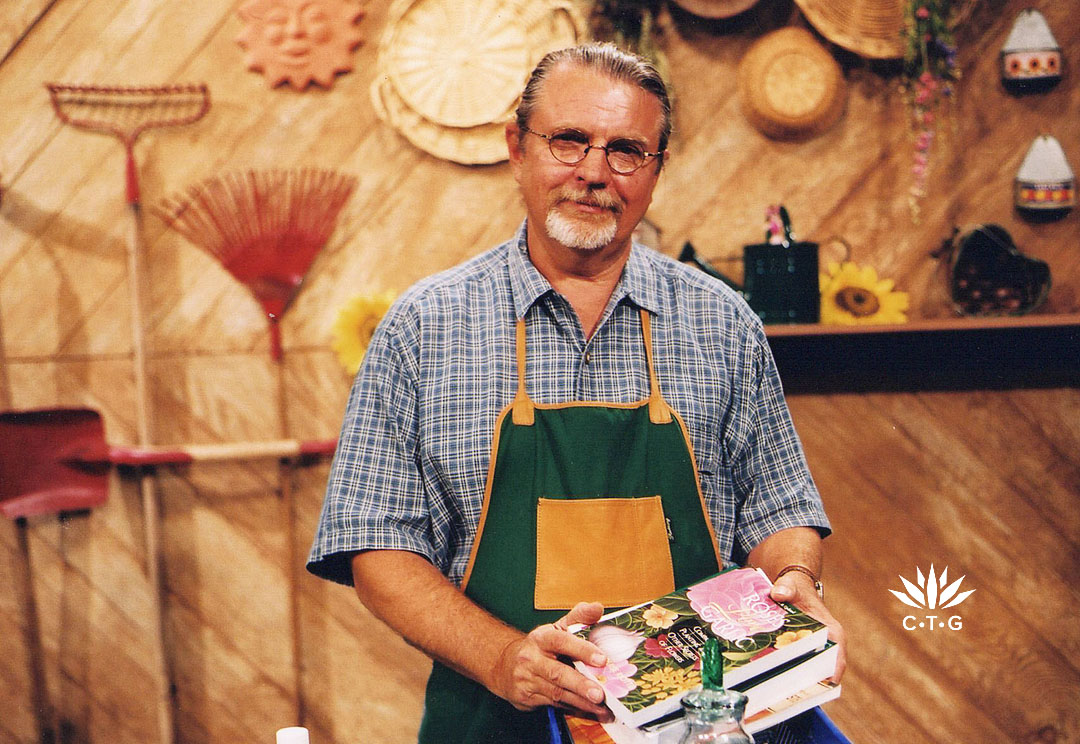
So, when I did finally meet him and he jumped into the CTG regular lineup, I was awestruck.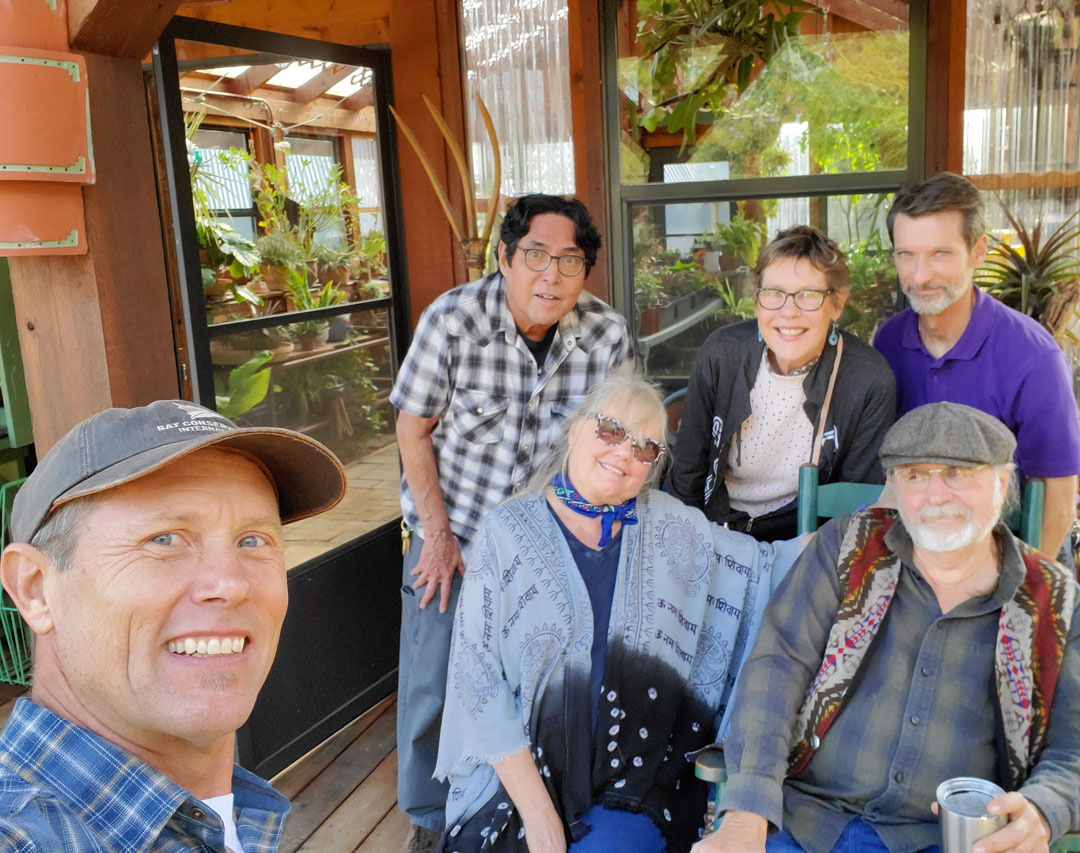
Later, in December 2019, we visited him and wife Jane at their home garden. David Stalker, garden handyman, grabbed this picture of us all. John captivated us with folksy stories of what got him started–from plants and organics to KLBJ-AM garden show host and spinner of tunes and tales on Sun Radio.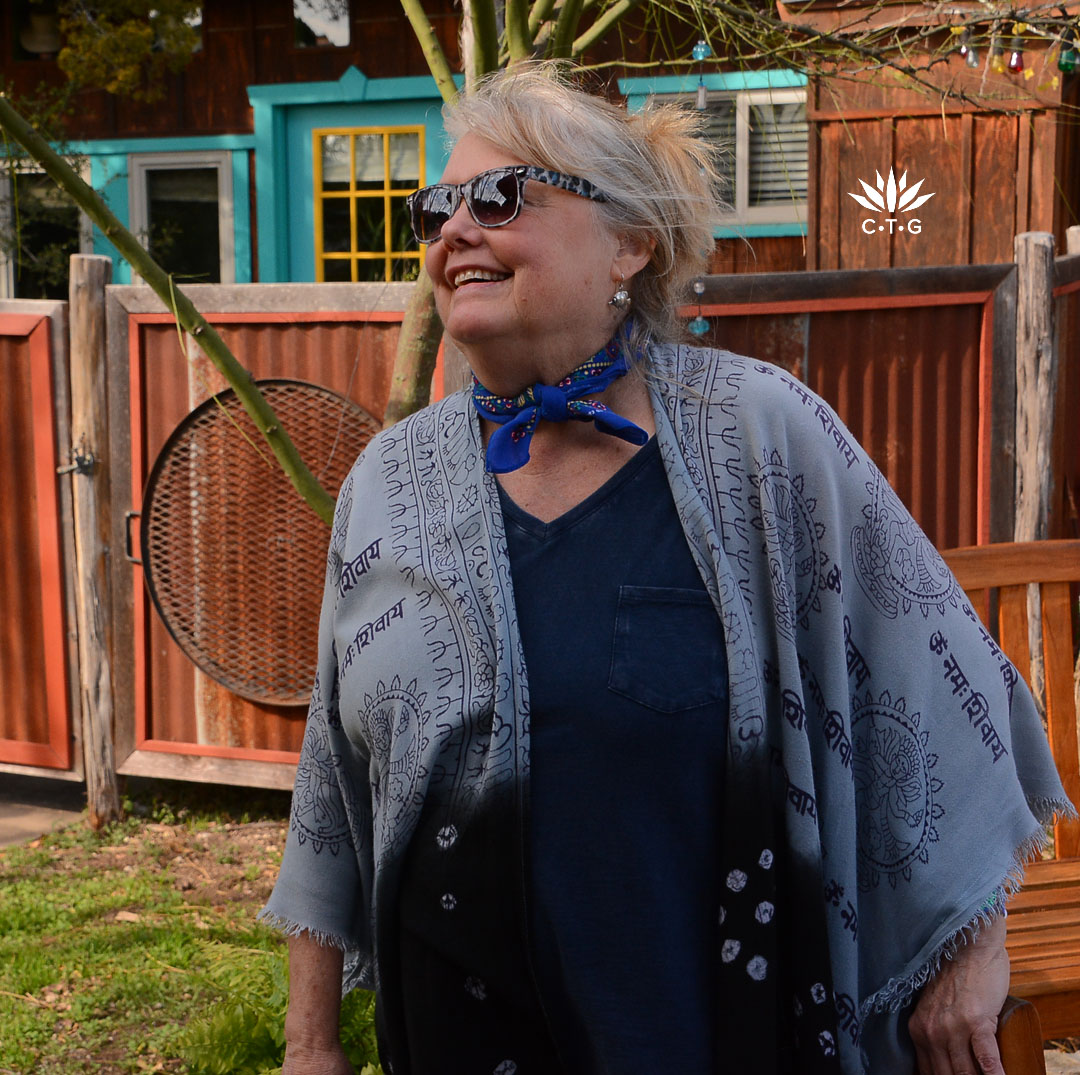
When he and Jane started The Natural Gardener garden center, they included demonstration beds and borders to help gardeners visualize designs with compatible plants.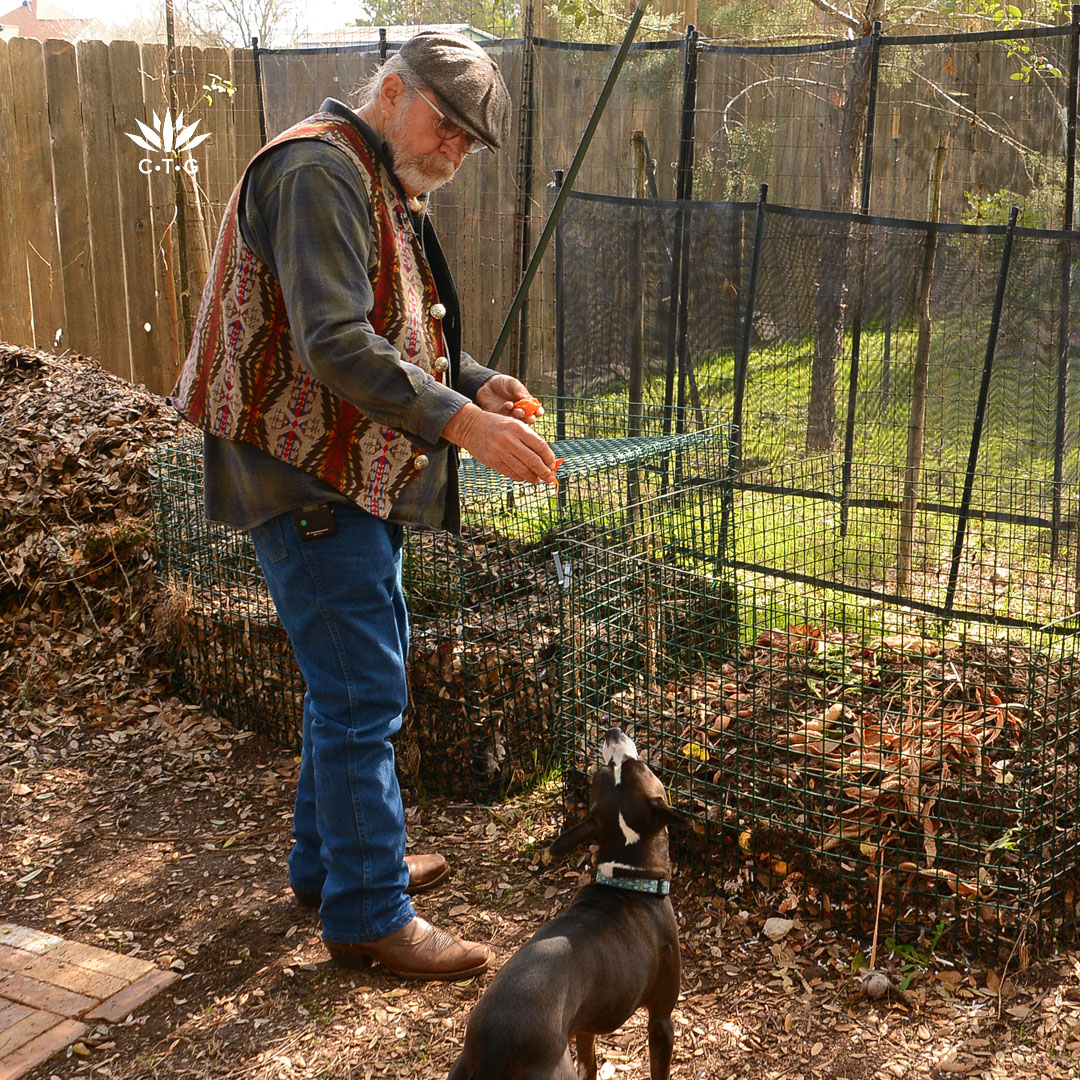
Composting is nothing new at all, but it was certainly new to gardeners who only threw a bunch of synthetic fertilizers at their plants. What they really needed for healthy plants, John explained, is soil nourished by compost.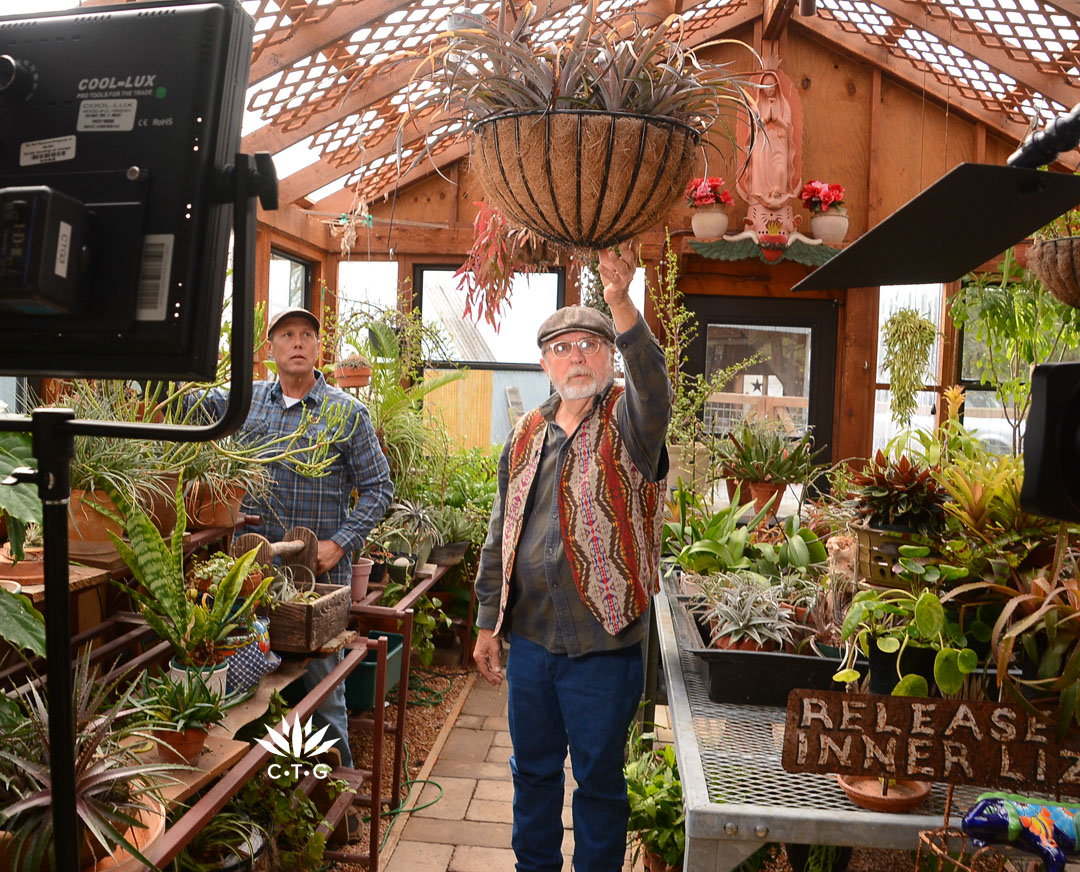
Over the years, John has seen a lot of changes. For one thing, native and hardy adapted plants are more available. And although container plants have always been popular, more gardeners are reaching for succulents.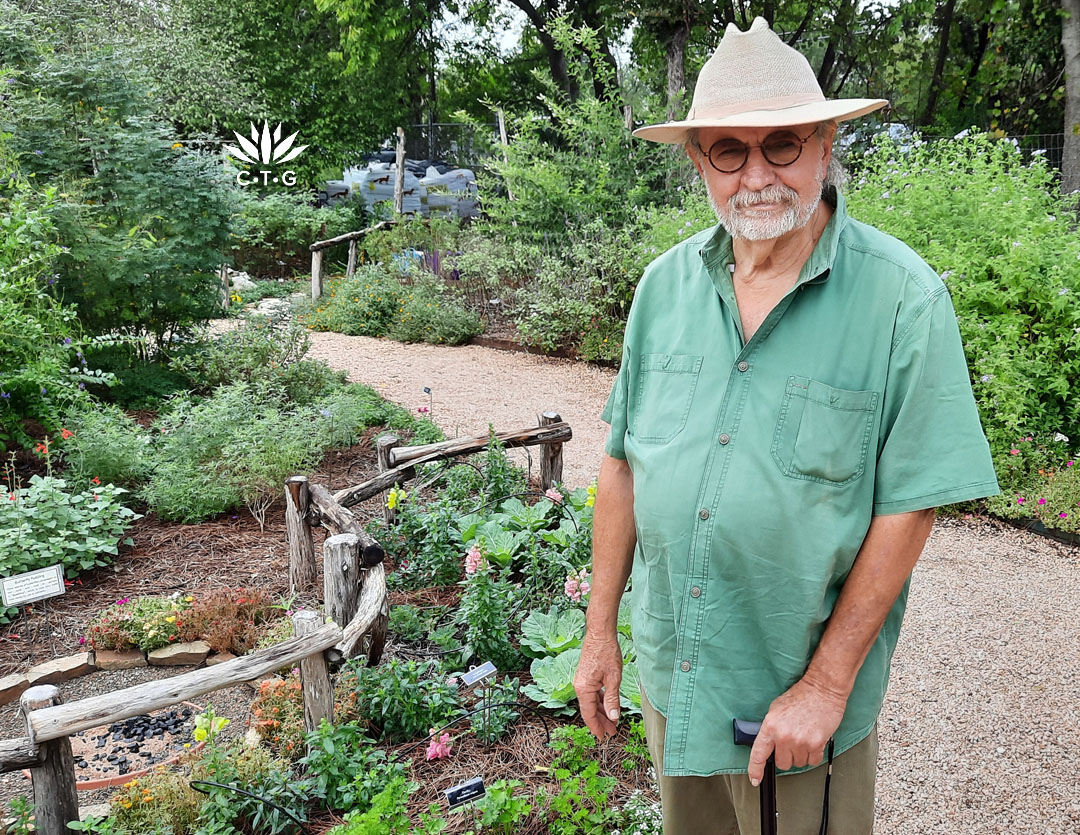
When we ran into him at The Natural Gardener’s Butterfly Garden last fall, he noted that new gardeners don’t ask for pesticides: they’re looking for plants that attract wildlife.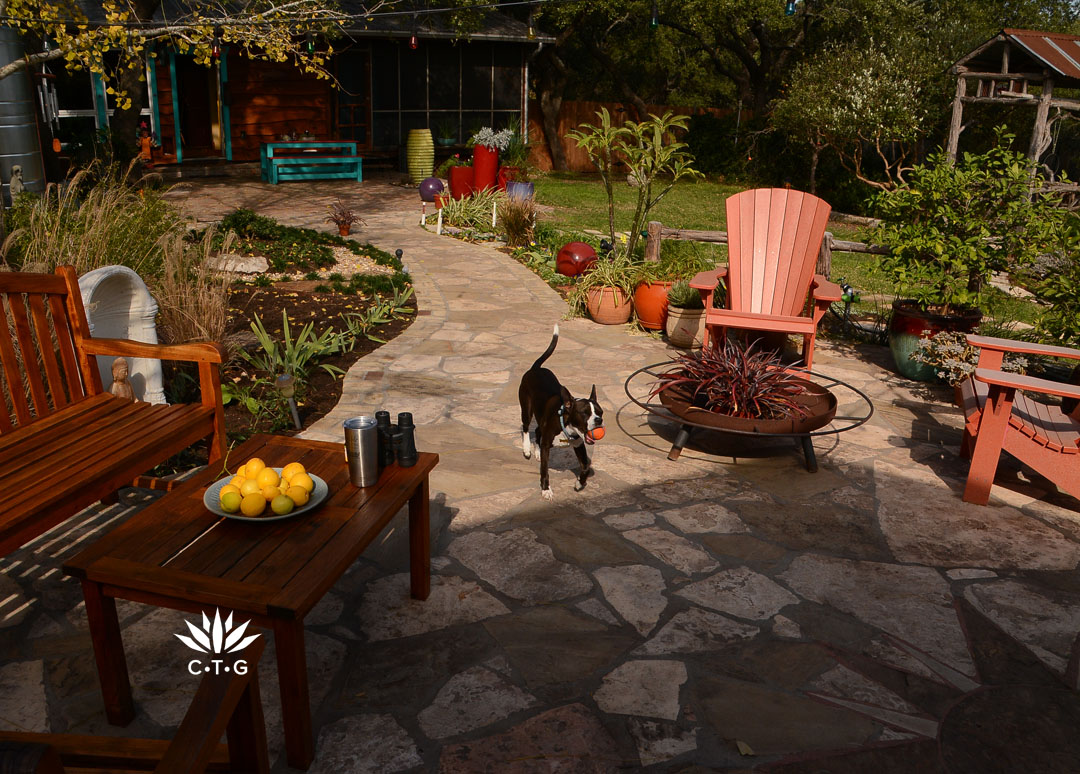
John and Jane’s garden leads off this week’s episode, but here’s our original story! 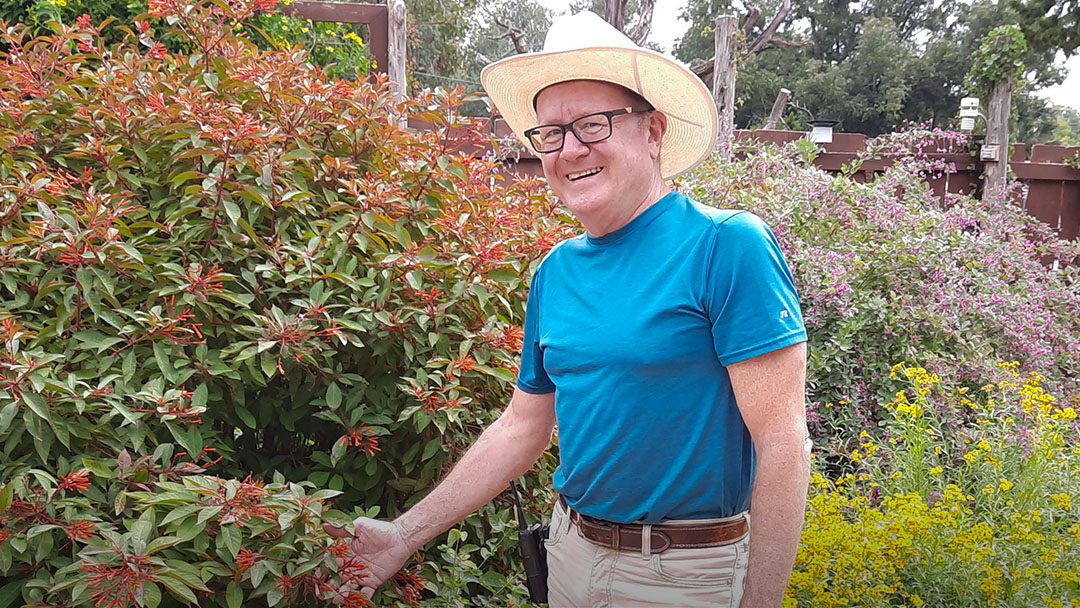
This week, Kirk Alston, The Natural Gardener’s plant buyer, joins John Hart to swap a few stories of changes they’ve seen for the better. Kirk noted that 10 years ago, people freaked out if they saw a caterpillar on a plant. Now, they check the leaves for bonus caterpillars to bring home a future butterfly with their plant.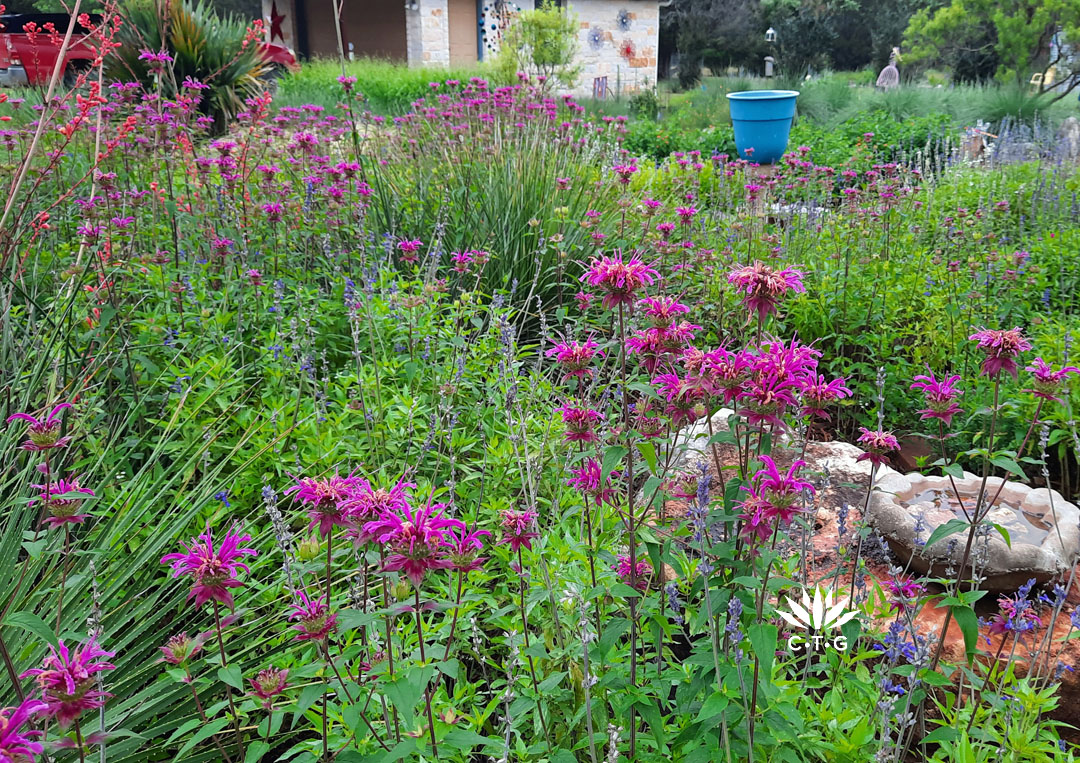
And these days, gardeners want to nourish wildlife all year, not just during springtime’s sensations. Although bee balm in this Jarrell garden blooms spring to summer, red yucca and mealy blue sage flower for several months to feed hummingbirds, butterflies and bees.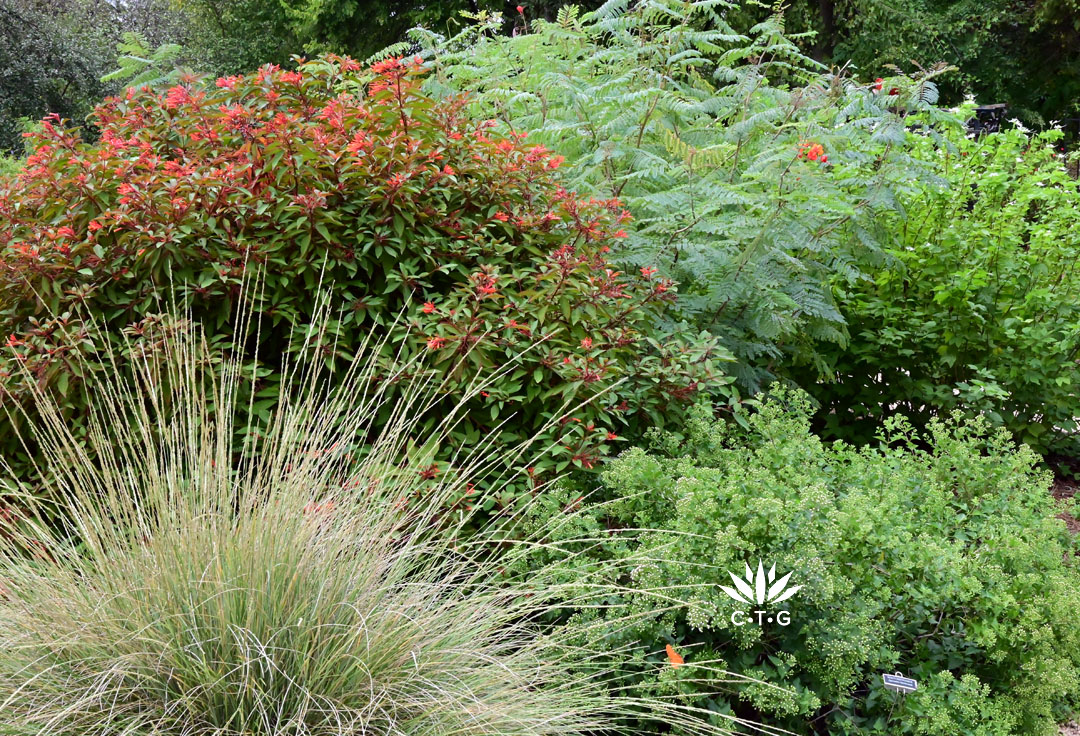
I really believe that our gradual shift to more resilient, waterwise plants better prepared us to handle today’s more frequent extreme weather situations. Plant may hunker down in extended drought and freeze, but they rally. Once established, this group–Lindheimer muhly, hamelia patens, Pride of Barbados, anacacho orchid and white mistflower– stands up to deep freezes, drought, and heavy rainfall.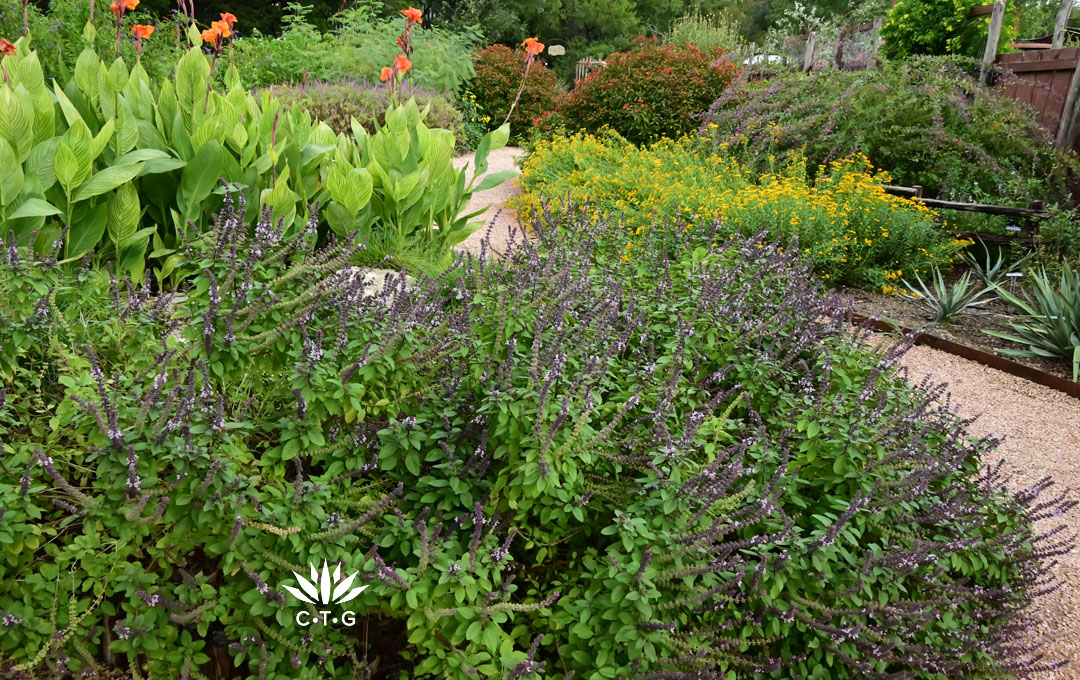
One thing remains constant: a love of edibles and herbs, including annual color for that pop of drama when perennials are resting. In this vignette, annual African blue basil borders cannas, with Mexican mint marigold, Hamelia patens and yucca beyond. In winter, we can swap out the basil for calendula, nasturtiums, pansies, and viola.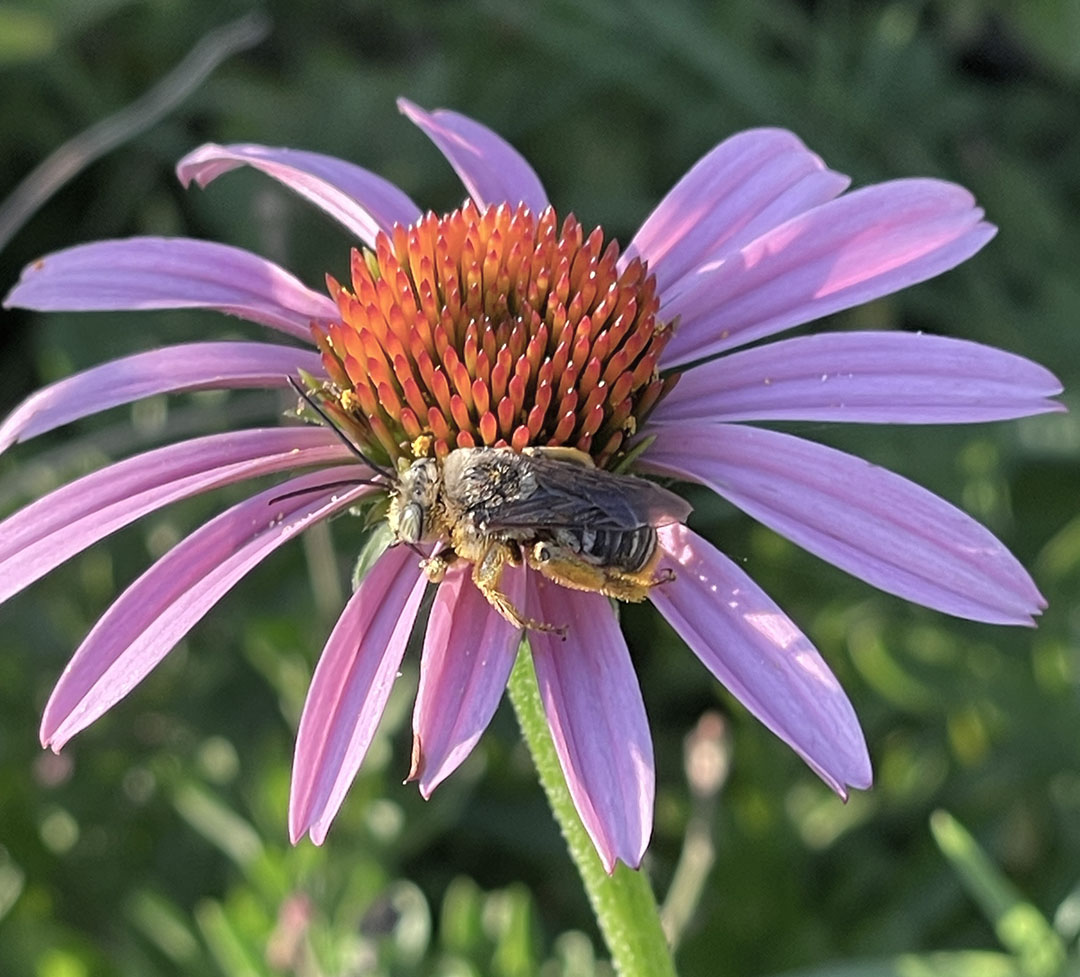
On CTG, it’s especially rewarding that viewers from all over get excited about their wildlife discoveries. Nick Martin described this adorable picture as “a bee taking a nap in coneflowers.” When most of his coneflowers didn’t make it last winter, he planted natives that he hadn’t grown before. He’s got Salvia greggii, Mexican hat, blackfoot daisies, bee balm, and so many more! He told us, “It’s amazing how much you can pack into a small space.”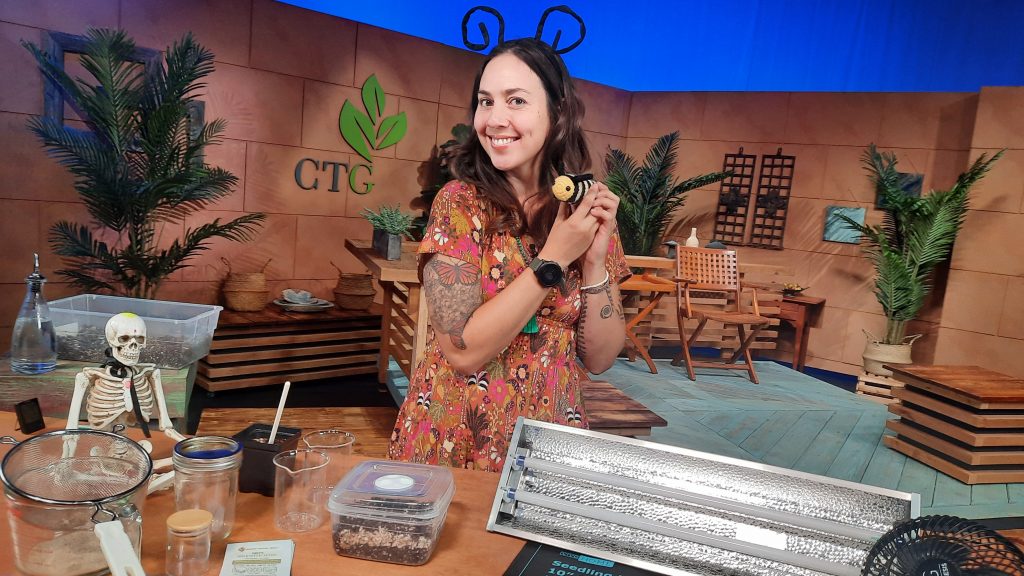
A really big deal: We’ve come to understand that butterflies and moths need host plants to raise their young, picky eaters that fiercely limit their choices. By now we know that monarch butterflies only eat milkweeds. But golly, those seeds are tricky to germinate! Sonia Koschoreck, founder of The Monarch Sanctuary Project, shows us how to do it.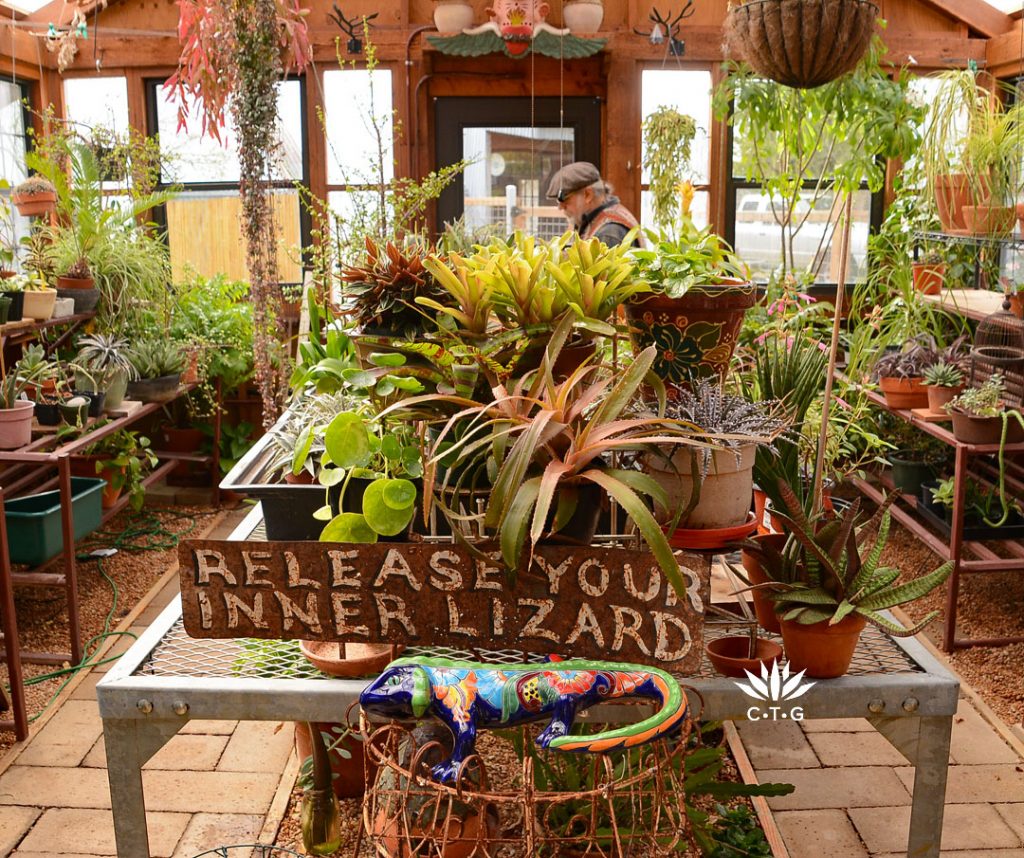
And, friends, let’s always remember that gardens are where we can express ourselves and find joy that needs no validation other than from within.
Watch now!
Thanks for stopping by!
Linda